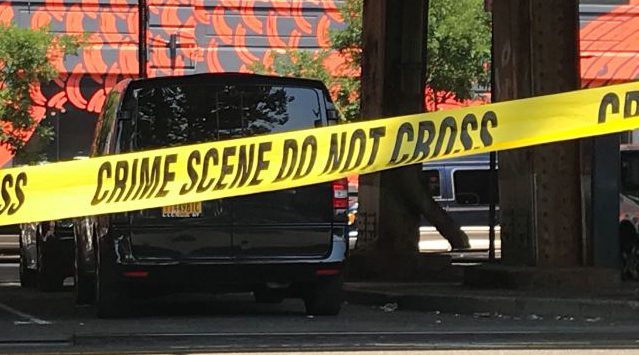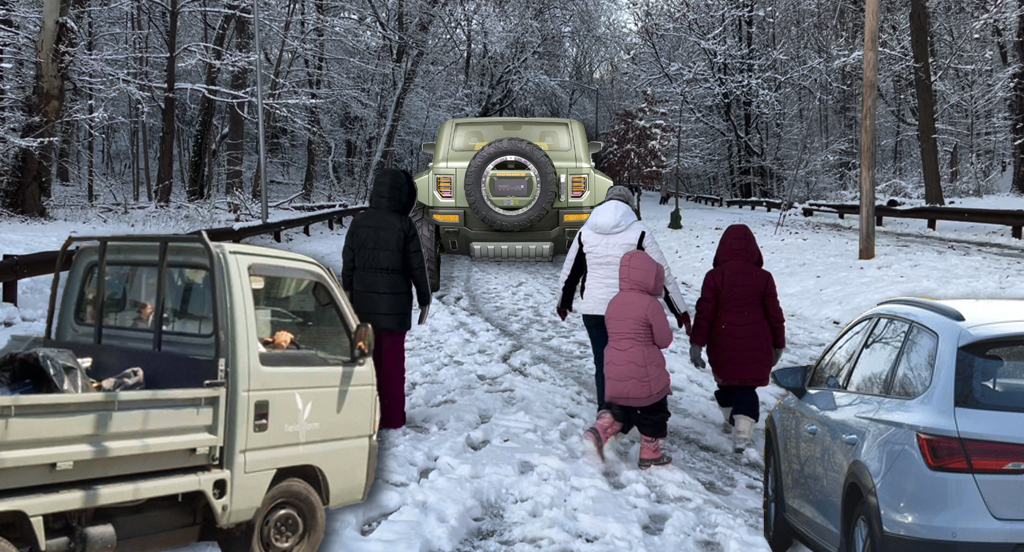Few people think that this could happen to their local bridge or highway overpass, but a snowballing epidemic of deferred maintenance could mean more and more bridge closings across the country. How we got here is the subject of Transportation for America's new "Fix It" campaign, which was launched yesterday with the release of a special report on the country’s aging bridges. “The Fix We’re In For: The State of Our Nation’s Bridges” [PDF] aims to motivate Congress to significantly increase "common sense" funding for the repair, reconstruction and upgrading of existing bridges and overpasses. It addresses the political and fiscal challenges that transportation officials face in maintaining the infrastructure we already have. The report marks a significant contribution of data to the national transportation debate and presents an interactive online map that people can use to check the safety of the bridges in their area, offering a new level of transparency on the status of our bridges.

For politicians, spending money on maintaining roadways that do not present an immediate danger is simply not an easy sell to constituents. “Lots of legislators would much rather cut the ribbon on a new bridge rather than a new paint job,” says Andrew Herrmann, president-elect of the American Society of Civil Engineers and Advisory Council Chair for ASCE’s Report Card for America’s Infrastructure. “It’s just not as sexy.”
This is one reason why existing federal dollars that have been theoretically committed to fixing bridges have largely been spent elsewhere. The Highway Bridge Program, funded through SAFETEA-LU, does not require transportation agencies to prioritize maintenance of failing bridges, so policymakers have often chosen to spend this money on more politically palatable projects, such as increasing car capacity or simply patching budget holes.
While there has been some reduction in the number of structurally deficient bridges (2 percent from 1992 to 2010), such successes seem even smaller as more and more bridges fall into the "structurally deficient" category each year.
The average U.S. bridge was built to last 50 years and is already 42 years old. One-third are already past 50. In older states, like Pennsylvania, as many as 70 percent are already over 70.
Investment in preventative upgrades can keep bridges functional and safe for more than a century, like many of those in New York City, but in more rural areas with less traffic, the importance of such work can be easily overlooked. This is critical, notes T4America Director James Corless, because when a bridge has to be closed down in rural areas, it can have tremendous impacts on the local economy. Detours can be more complicated and repairs can be lengthy and significantly more costly.
Still, a widespread lack of confidence in the way transportation infrastructure is funded in this country can make such investments unpopular. This could be due to a lack of transparency or accountability in transportation policy, something that T4America addresses with an impressive, interactive online mapping tool that allows users to inform themselves on the safety rating of every nationally recognized bridge within a ten-mile radius. Anyone can enter an address, click on a bridge and see how each of its three main parts (the deck, substructure and superstructure) is rated, how often it is inspected, how old it is and how much average daily traffic it has. Nowhere else is this kind of information accessible in such an easy and comprehensive way to the average person.
In addition to the full report, T4America has posted an overview of its campaign to fix our nation’s bridges.
Politics and public information aside, the fundamental challenge is a lack of fiscal resources. The Federal Highway Administration estimates a cost of nearly $80 billion to rehabilitate existing deficient bridges. T4America points out that that number is only going to increase and the federal government has yet to present a transportation authorization bill to cover the cost.
With a gas tax increase “off the table,” it remains unclear where the necessary funding will come from. Al Biehler, former secretary of PennDOT, suggests a system of rewarding state DOTs that use existing funding on maintenance rather than new projects. This could incentivize term-limited politicians to not defer preventative measures that can save as much as two-thirds of the cost of emergency repairs. “And as a bonus to the economy,” Biehler points out, ”recent analysis has shown that repair work on roads and bridges generates 16 percent more jobs than new construction.”
Good news for active transportation advocates: this kind of repair work can often include resurfacing of the "deck," re-paving the way for narrower lanes, improved pedestrian access or even, "when appropriate," the addition of bike facilities, says David Goldberg, communications director for T4America.
The T4America "Fix It" report makes clear the benefits of fully funding and prioritizing bridge maintenance work in the next transportation bill. In the meantime, this report has the potential to draw attention to the snowball dangers of deferred safety improvements. With this data in hand, how long can Congress delay before a problem of national significance becomes one of political significance?






